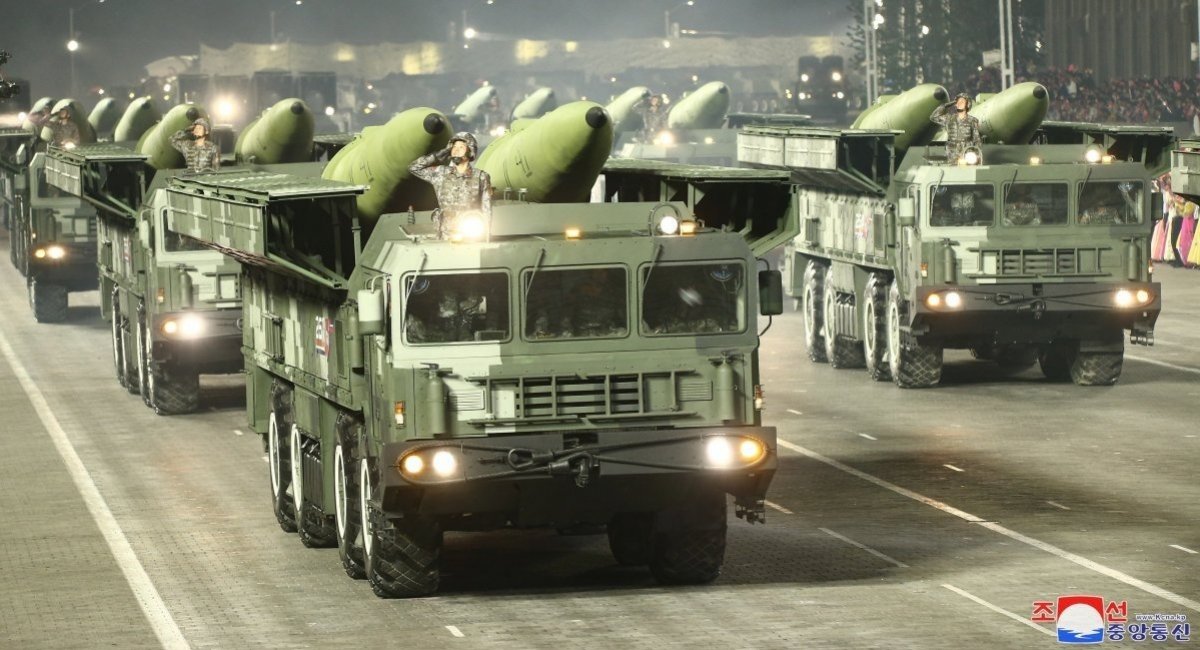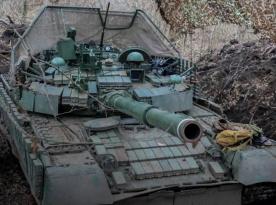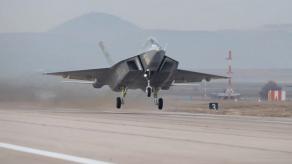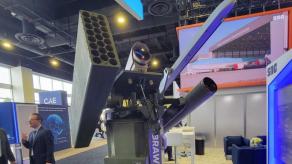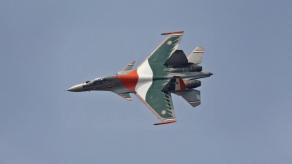Researchers from the International Institute for Strategic Studies (IISS) have shared their take on russia's receipt of tactical ballistic missiles provided by North Korea, and their use against Ukraine.
This article in the IISS blog deserves attention as another piece to the puzzle of newly acquired russian weapons. The full text is available here, while Defense Express would like to only outline the main points with commentary.
Read more: Detailed Photos of North Korean Missile That Struck Ukraine: Only One Korean Character Remained Inscribed After Attempts to Conceal the Origin
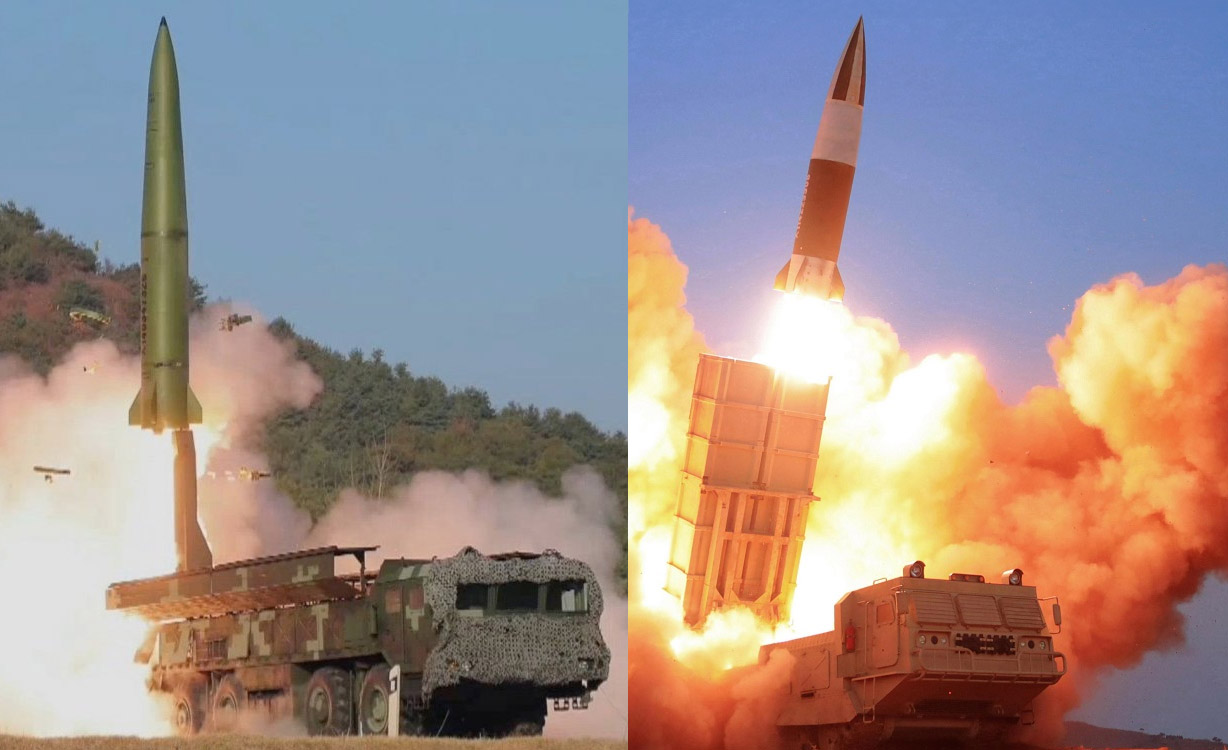
To start with, similarly to the Conflict Armament Research team, IISS hesitates to say whether the missile found in Ukraine was the KN-23 or KN-24.
What's interesting, the experts say KN-24 can strike only as far as 400 km, while the confirmed range of KN-23 is all 900 km. On our part, we'd like to add that this is surprising considering earlier estimates suggested a 690 km range for this missile, widely seen as a North Korean ripoff from the russian Iskander-M missile.
This confirmed range of 900 km was recorded during the KN-23 test in June 2023. Two missiles were launched, one landing 850 km from the starting point, the second one falling further around the 900 km mark.

The IISS analysts also mention that apart from the tactical missiles themselves, the russians also got transporter erector launchers and other "support vehicles" for initiating the strikes.
Defense Express notes, this is an important technical detail because it implies that the N.Korean missile cannot be fired from the standard mobile launcher of the Iskander system, despite the similarity and presumable common design origins. Instead, a "native" launcher is needed. Though it seems intuitive, there were actually precedents, like the North Korean Scud copy which is compatible with the Soviet Elbrus short-range missile system.
IISS makes an assumption that the effectiveness of missiles from DPRK heavily relies on the accuracy of target data and intelligence gathering. Other than that, there's currently no relevant data allowing to assess the precision of KN-23/KN-24.

At the same time, the IISS recognizes that even with all their technical shortcomings, North Korean missiles at the disposal of the russian invasion forces pose a significant threat to Ukraine. After all, those belong to the short-range ballistic missile class, which can only be countered by a handful of air defense systems. In Ukraine, only scarce Patriot and SAMP/T are able to intercept them by utilizing the hit-to-kill technology.
Moreover, the Kremlin clearly views North Korea as a source for a quick replenishment of its depleted missile arsenal, and for increasing the intensity of missile attacks on Ukraine and its infrastructure.
Previously, Defense Express discussed the detailed photos of a missile from the DPRK that was used to hit Kharkiv and became the evidence of deepened ties between russia and North Korea.
In addition, we also discussed the main supply routes and storage facilities for North Korean weapons in russia, in particular, about the supposed storage location of ballistic missiles from North Korea.

Read more: North Korea–russia Ammunition Supply Routes and Main Depots Analyzed




